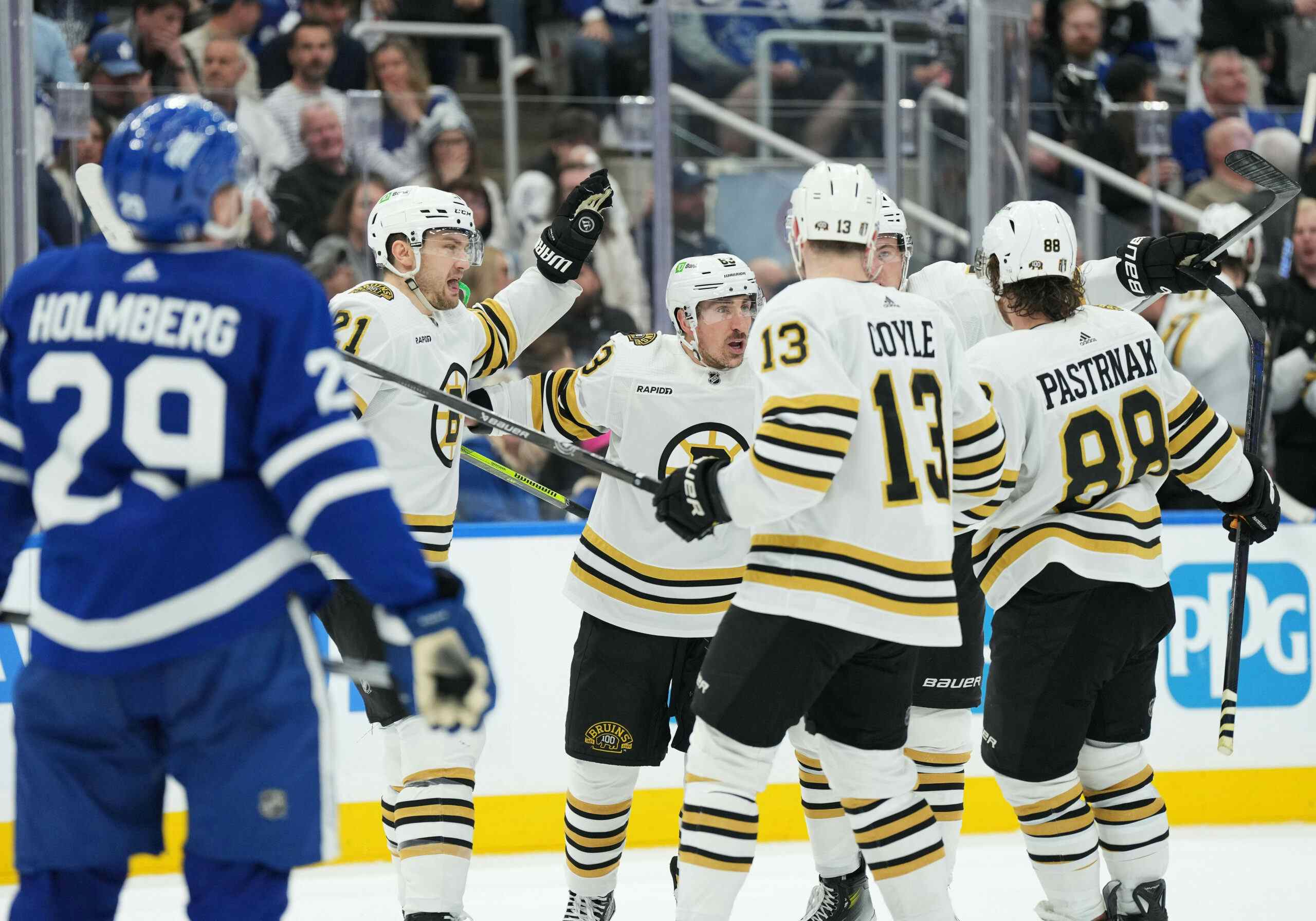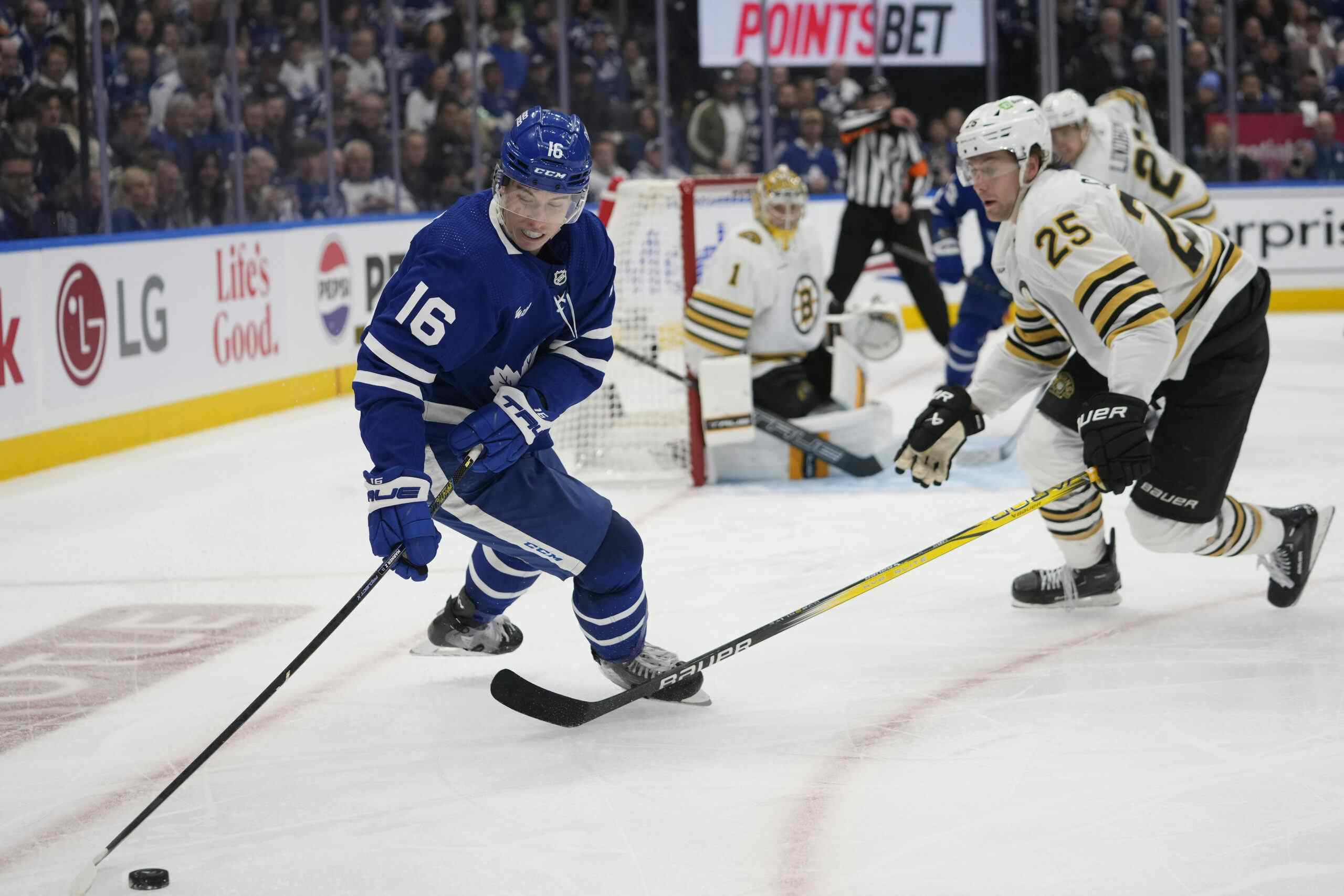How the Shanahan regime found a more suitable role for Dion Phaneuf

Photo Credit: John E. Sokolowski/USA TODAY Sports
For most of Dion Phaneuf’s Toronto Maple Leafs tenure, the club has relied on him to be a No. 1 defenseman.
Though Toronto’s captain is still leading all Maple Leafs defensemen in ice-time per game, in a variety of ways, he’s holding down a more proscribed role in Toronto this season. And it suits him well.
In the not-so-distant past Phaneuf’s deployment as a 25-minute per night defender was extreme – less than 10 defenseman are averaging more than 25 per night this year and no more than 15 defensemen do in any given season. It was a demanding role that Phaneuf wasn’t all that well suited to frankly, though he managed decent results on occasion.
A physical defenseman with a big shot, Phaneuf isn’t dynamic through the neutral zone at this stage of his career (and his speed seems likely to atrophy further with age). Passing and decision making hasn’t generally been a strength of his game either, which showed through more often when Phaneuf was averaging an additional two minutes at even strength every night.
If deploying Phaneuf as a No. 1 defenseman was a hallmark of the Ron Wilson and Randy Carlyle eras, using him more sparingly has become a calling card of Brendan Shanahan’s regime. It’s a process that we’ve seen accelerate under Mike Babcock, who is using even Phaneuf in a secondary role on the penalty kill now.
The process of paring down of the 30-year-old defenseman’s minutes started in earnest under Carlyle. After averaging more than 25 minutes a game for a couple of years, Phaneuf was down under 24 during the lockout shortened 2013 campaign. This trend of more carefully managing Phaneuf’s minutes became even more pronounced during Peter Horachek’s short stint behind the Maple Leafs bench (remember Carlyle was fired in early January).

(Courtesy: War-on-ice.com)
It’s the way that Phaneuf’s minutes dropped following Carlyle’s dismissal, and never topped 16 minutes per game on average at 5-on-5 over the balance of the 2014-15 campaign (over a 25 game rolling sample) that stands out to me. Was it that Horachek elected to cut Phaneuf’s minutes, or was he following an organizational directive?
That Babcock’s usage of Phaneuf at the quarter mark more closely mirrors Horachek’s than Carlyle’s would suggest the latter, but perhaps Babcock just agreed with his immediate, interim predecessor that Phaneuf was better suited to a second-pairing role. We can speculate until we’re blue in the face, but what’s fair to say is that until the firing of Carlyle, Phaneuf was used in a top-pairing role in Toronto and he’s been a second-pairing defender at even-strength deployment-wise since the moment Shanahan first picked his own bench boss.
The results have been favourable for the Maple Leafs, and amusingly, it appears as if Phaneuf’s two-way results improved immediately:

(Courtesy: war-on-ice.com)
This season, in a more limited role, Phaneuf is playing some pretty good hockey.
Fourth on the Maple Leafs in even-strength ice time per game and facing secondary competition matchup-wise, Toronto’s veteran captain has managed a positive team relative shot-attempt differential. Though his on-ice goal differential is inflated by favourable defensive bounces, the Maple Leafs are outscoring their opponents by a wider margin with Phaneuf on the ice at 5-on-5 than they are with any other blue liner. Phaneuf is also on pace for his best offensive season since 2011-12 – and most of that offense has come at evens.
Toronto’s captain has also been placed permanently on the right side point, where he’s more comfortable. Last season the Maple Leafs tasked Phaneuf – a left-handed shooter – to play his strong side, where I thought he fared decently well defensively, but lost most of his offensive value since he couldn’t pull one timers as easily.
We’d be remiss if we didn’t mention the role of Phaneuf’s defense partners. He’s managed his best results by far on a pair with Jake Gardiner this season, and Gardiner is one the league’s most effective back-hand players when it comes to controlling play. He’s fared considerably worse with both Matt Hunwick and Morgan Rielly. It’s probable that going forward Phaneuf will need to play with an effective puck moving blue line partner, and in their 250 minutes as a pair, Gardiner has proven an excellent fit.
Phaneuf has the third highest salary among NHL defensemen this season, so he’s paid to be a bona fide 1A guy. In fairness, he is leading all Maple Leafs defensemen in minutes logged, but it’s become apparent that the 1A role isn’t where Phaneuf is best utilized.
It seems to me that the Shanahan regime and Babcock have found a more suitable role for Phaneuf: he’s actually proving to be an effective second pair defender with a shot that demands the respect of opposition penalty killers.
That might not be worth $8 million in salary, but its helpful. And while having Phaneuf take up $7 million in cap space through the age of 35 could get a bit dicey, with Gardiner signed for the next three seasons and Morgan Rielly cost-controlled by restricted free agency for three years after this one, Toronto might be able to mitigate some of the efficiency issues posed by Phaneuf’s outsized contract.
Recent articles from Thomas Drance





